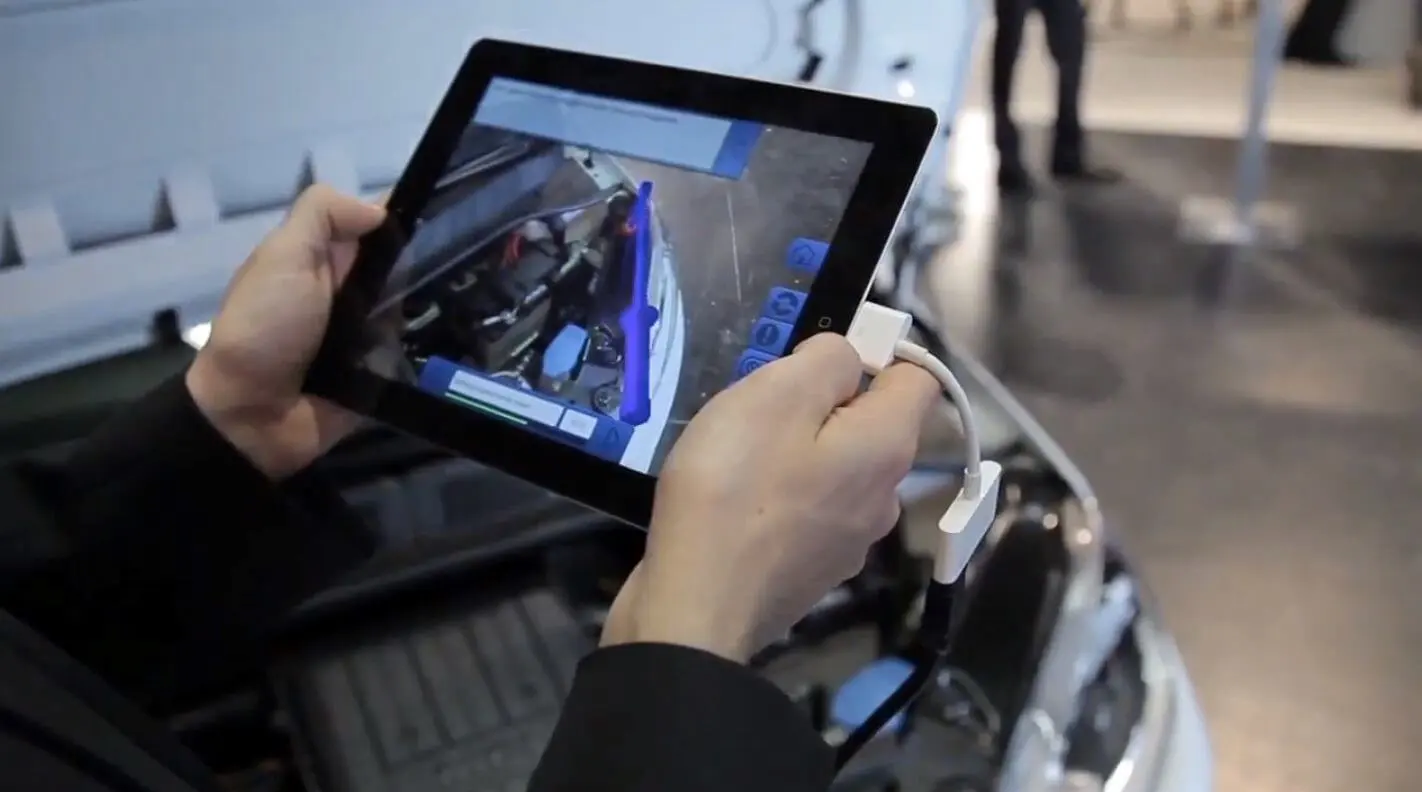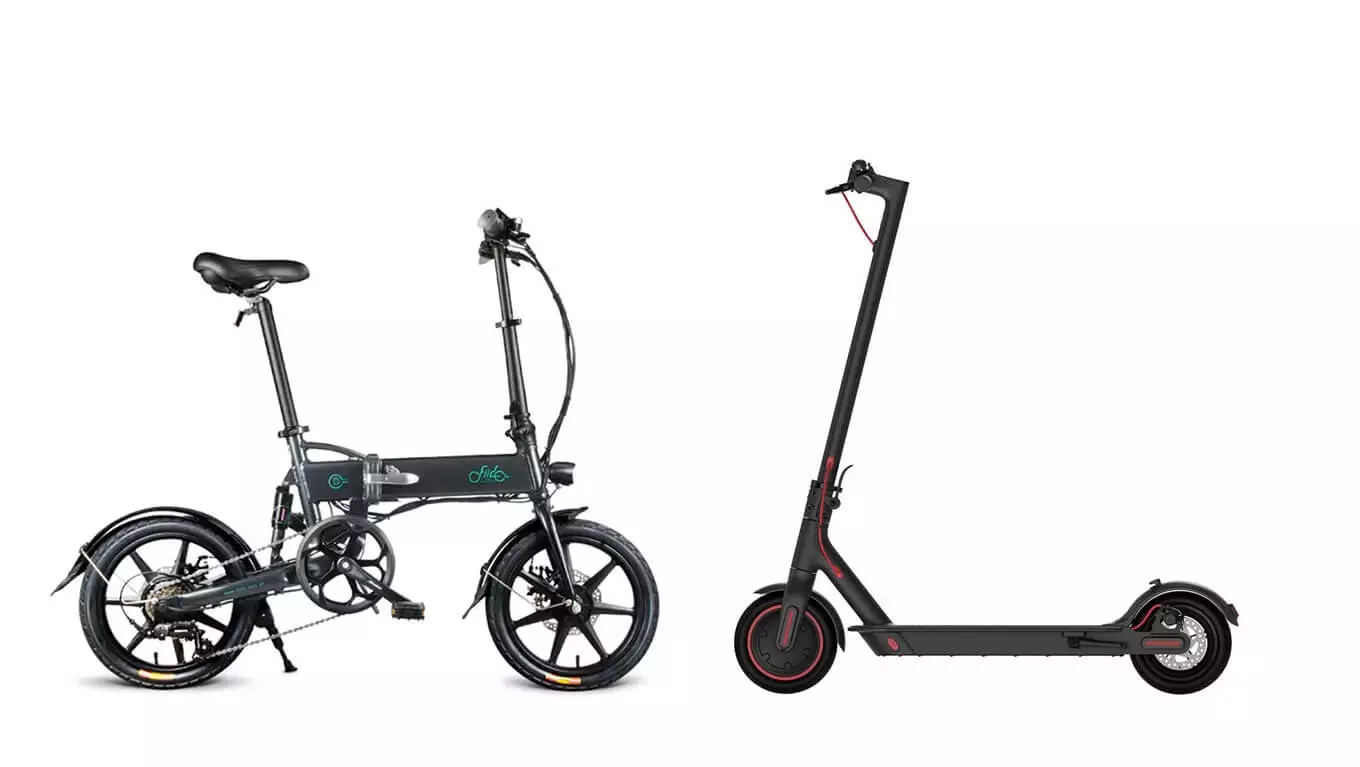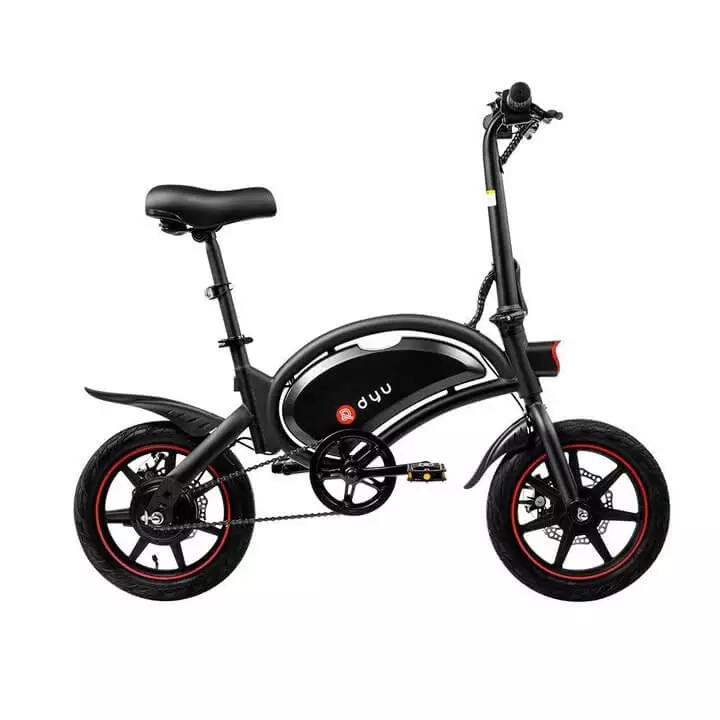A steering wheel can’t talk, which might be a good thing if a cop pulls someone over for speeding. On the other hand, your steering wheel can tell you a few things that you need to know about your car. Here’s what to watch for and what to do if you detect a problem.

Vibrating Wheel
Your steering wheel may start vibrating. If it does, it is a warning sign. In a best case scenario, you’ll discover that one of your tires is out of balance. A simple balancing can take care of that.
If the vibrating has gone on for a while, it may signal that the tires are seriously out of alignment. This means you need to get a wheel alignment. This will stop your tires from leaning away from each other. That’s the cause of the vibrations.
Make sure to use a certified auto repair mechanic who can diagnose the extent of the problem. It is possible that alignment problems are due to a suspension problem. This may mean replacing bushings or other connectors. Correcting the alignment without repairing the suspension will cost you more money in the long run.
Pulling Sharply
If your steering wheel pulls too sharply either to the left or right, there is something wrong either with your tires or your alignment. Underinflated tires may be the culprit, and that is easily solved by adding air.
As with vibrating, pulling sharply may be a sign that the wheels are out of alignment. For safety reasons and to prevent a bigger repair later, it is wise to get an alignment. Be sure to check on tire balance and tire roadworthiness at the same time.
When test driving used cars, you should reject any that have these issues. In fact, these are good reasons to choose a used car dealership with an onsite auto repair shop.
Crooked Steering Wheel
If you drive a car out of alignment for longer than a week or two, you may start to compensate. While that’s a natural response, you should be on the lookout for a crooked steering wheel. If it is off-center when you are driving straight, you are compensating and should get your alignment checked.
Slight Resistance to Your Commands
Perhaps there isn’t a sharp pull, but you feel like something is off. Perhaps you are compensating without knowing it. You can check for misalignment by finding a flat open space, such as a parking lot, to test the car. At a low speed going in a straight line, you can release the wheel and detect drift. This indicates the need for a wheel alignment.
Whining Noise
If your steering wheel whines at you during a turn or on a curve, it is shouting for help. The power steering fluid is running low. There isn’t sufficient lubrication and soon the system won’t be able to produce the power needed to boost steering. Your mechanic will need to check for a leak and fix it, if there is one. Obviously, the system needs more fluid. It may need a flush and refill.
Stiffened Response
Your steering wheel should turn both directions fairly easily. It shouldn’t take muscle to make the car take a turn. If the response has become stiff and you find yourself working hard for every curve, the power steering pump is either out or on its way out. While driving is possible, your safety is definitely threatened by this lack of response. A visit to your dealership service department is the best way to set it right.
Hopefully these tips will make you in tune with your steering wheel and anything it may be telling you. Many of the problems described here aren’t expensive to fix and are the type of maintenance that can prevent bigger, more expensive repairs.

Daniel is the eco-conscious auto whisperer. His blog doesn’t preach; it educates on the world of green transportation. It’s your guide to reducing your carbon footprint without sacrificing style or speed.










